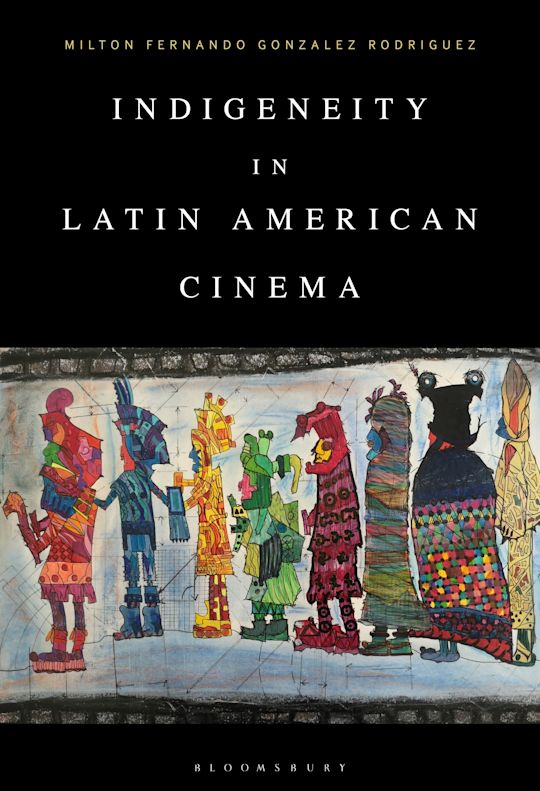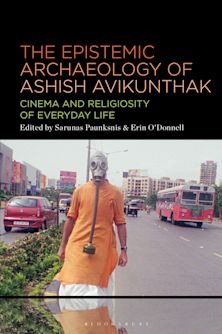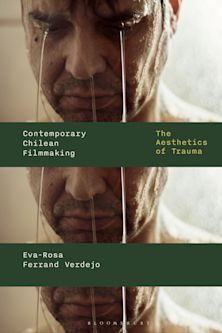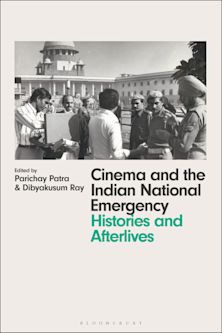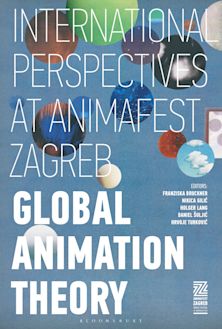- Home
- ACADEMIC
- Film & Media
- World Cinema
- Indigeneity in Latin American Cinema
Indigeneity in Latin American Cinema
Indigeneity in Latin American Cinema
You must sign in to add this item to your wishlist. Please sign in or create an account
Description
Indigeneity in Latin American Cinema explores how contemporary films (2000-2020) participate in the evolution and circulation of images and sounds that in many ways define how indigenous communities are imagined, at a local, regional and global scale. The volume reviews the diversity of portrayals from a chronological, geopolitical, linguistic, epistemic-ontological, transnational and intersectional, paradigm-changing and self-representational perspective, allocating one chapter to each theme. The corpus of this study consists of 68 fictional features directed by non-indigenous filmmakers, 31 cinematic works produced by indigenous directors/communities, and 22 Cine Regional (Regional Cinema) films. The book also draws upon a significant number of engravings, drawings, paintings, photographs and films, produced between 1493 and 2000, as primary sources for the historical review of the visual representations of indigeneity. Through content and close (textual) analysis, interviews with audiences, surveys and social media posts analysis, the author looks at the contexts in which Latin American films circulate in international festivals and the paradigm shifts introduced by self-representational cinema and Roma (Mexico, 2018). Conclusively, the author provides the foundations of histrionic indigeneity, a theory that explains how overtly histrionic proclivities play a significant role in depictions of an imagined indigenous Other in recent films.
Table of Contents
List of Diagrams
List of Figures
List of Tables
Basis: Introduction
Indigeneity: Conceptualization, Perception and Representation
Syntonic versus Histrionic Indigeneity
1. Mimesis: Circulation of Ideas and Images
Figment, Art and Fabrication
Cinema and Indigeneity
2. Metropolis: Production of Audiovisual Cultural Artefacts
Mexico and Central America
South America
3. Lexis: Portrayals of Linguistic Topologies
Accented Inclusion and Vocative Framing
(In)discernible Sounds and Authenticity
4. Emphasis: Embodiment of Indigeneity
Nature-Technology Nexus as an Ontological Genre
Ethnicity, Senses and Knowledge
5. Axis: Identities and Global Imaginaries
Intersectional Paradigms
Arrayed Figures
6. Catalysis: Paradigms and Disruption
(In)visibility and Representation
(Re)drawn Blueprint
7. Wääjx äp: Epistemic and Ontological Repositioning
The Cybernetics of Self-Representation
Screen(ed)/(ing) Intimacy and Clusivity
Synopsis / Conclusion
References
Bibliography
Filmography
Index
Product details

| Published | 28 Jul 2022 |
|---|---|
| Format | Ebook (Epub & Mobi) |
| Edition | 1st |
| Extent | 336 |
| ISBN | 9781501384691 |
| Imprint | Bloomsbury Academic |
| Illustrations | 5 bw illus |
| Publisher | Bloomsbury Publishing |
About the contributors
Reviews
-
This is an essential and highly original text that sharpens our understanding of the representation of indigeneity across Latin American cinema. It takes a much-needed interdisciplinary and decolonizing approach that disrupts older paradigms and reveals a richly diverse treatment of indigenous communities in film.
Sarah Barrow, Professor of Film and Media, University of East Anglia, UK
-
Indigeneity in Latin American Cinema is a tour de force; this book takes a bold approach to examining how contemporary indigenous representation in Latin American cinema has been subject to racist and othering practices through what Gonzalez Rodriguez convincingly calls “histrionic indigeneity” as these films circulate through international film festivals and other Global South-North trajectories. This frank look at contemporary practices is a must read for any scholars interested in the ways in which indigenous visual culture and the cinema has been imagined historically to the present day.
Tamara L. Falicov, author of Latin American Film Industries and the Cinematic Tango: Contemporary Argentine Film
-
This book succeeds in going beyond the traditional approach in studying the Amerindian in global northern visual culture. In fact, anyone interested in the colonial heritage of the Americas should take careful note of the author's conclusions.
Arij Ouweneel, former professor of Amerindian Studies Utrecht University and the University of Amsterdam, the Netherlands, and author of Resilient Memories: Amerindian Cognitive Schemas in Latin American Art (2018)
-
Gonzalez Rodriguez goes beyond traditional paradigms to offer an original, decolonizing approach yielding many provocative new cultural insights.
Choice

ONLINE RESOURCES
Bloomsbury Collections
This book is available on Bloomsbury Collections where your library has access.









